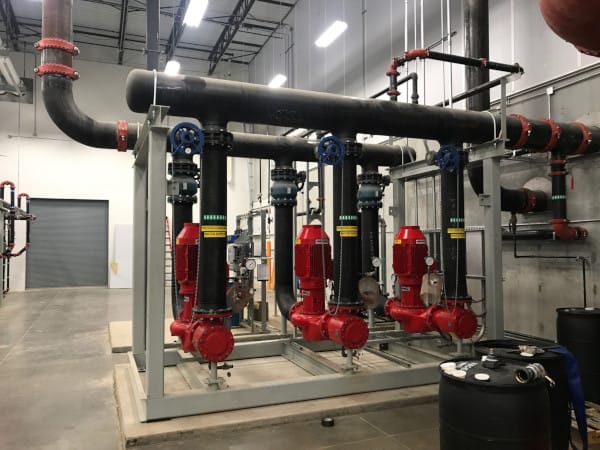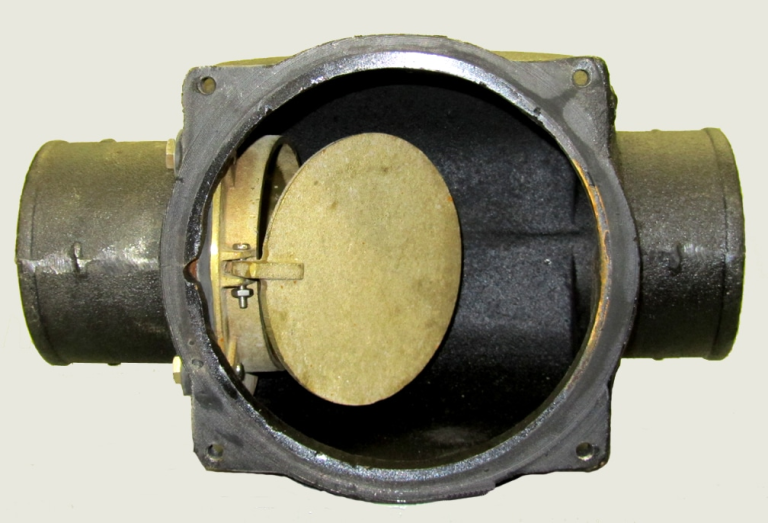Bearings: A Comprehensive Guide to Types, Functions, and Maintenance
Bearings are integral components in mechanical systems, designed to reduce friction and facilitate smooth motion. They are ubiquitous across numerous industries, from automotive and aerospace to construction. This guide offers an in-depth look at the types of bearings, their roles, and the importance of their maintenance, with a nod to their indirect impact on projects involving PVC geomembranes.

What Types of Bearings Are Commonly Used?
Bearings come in various types, each designed to meet specific operational needs:
- Ball Bearings: Versatile and used for both radial and axial loads, these bearings are found in a wide range of applications, from electric motors to skateboards.
- Roller Bearings: With cylindrical rollers, these bearings support heavy radial loads, making them ideal for conveyor systems and industrial machinery.
- Thrust Bearings: These bearings are designed to manage axial loads and are commonly used in automotive gearboxes.
- Tapered Bearings: Suitable for handling combined loads, tapered bearings are often found in vehicle wheels and heavy equipment.
Selecting the correct type of bearing depends on load capacity, speed, and environmental conditions.
How Do Bearings Operate?
Bearings function by reducing friction between moving parts, allowing for smoother and more efficient movement. They consist of an inner ring, an outer ring, and rolling elements that roll between the rings. This rolling action reduces friction, enabling the machinery to move with minimal resistance.
The bearing’s cage ensures the rolling elements are evenly spaced, and lubrication is crucial to maintaining performance and preventing damage.
Why Is Bearing Maintenance So Crucial?
Proper maintenance is key to the longevity and performance of bearings. Neglecting maintenance can lead to increased friction, wear, and eventual machine failure. Effective maintenance practices include:
- Regular Inspections: Check for signs of wear, unusual noise, or vibrations.
- Proper Lubrication: Use suitable lubricants to minimize friction and prevent overheating.
- Clean Environment: Keep the area around bearings free from dust and contaminants.
- Timely Replacements: Replace worn bearings promptly to avoid further damage.
How Do Bearings Relate to PVC Geomembrane Installations?
While bearings don’t directly interact with PVC geomembranes, they play a critical role in the machinery used for installation. Equipment like rollers, bulldozers, and excavators relies on bearings to function smoothly, ensuring that geomembranes are laid correctly and efficiently.
Maintaining bearings is essential to ensure that the machinery used in PVC geomembrane projects operates without interruption, enhancing the overall success of the installation.
Bearings are fundamental components in any mechanical system, helping to reduce friction and ensure smooth motion. While they don’t directly affect PVC geomembrane installations, their importance to the machinery used for these projects cannot be overstated.



